Check Out the Brand New Royal Academy
After celebrating its 250th birthday, the venue is expanding into Burlington Gardens
This post may contain affiliate links. Learn more
What better way to honour The Royal Academy’s 250th birthday than by almost doubling its size with the opening of the David Chipperfield-designed Burlington Gardens, says Emma Chrichton-Miller. Check out the brand new Royal Academy in all its glory…
What’s On at The Royal Academy in 2018
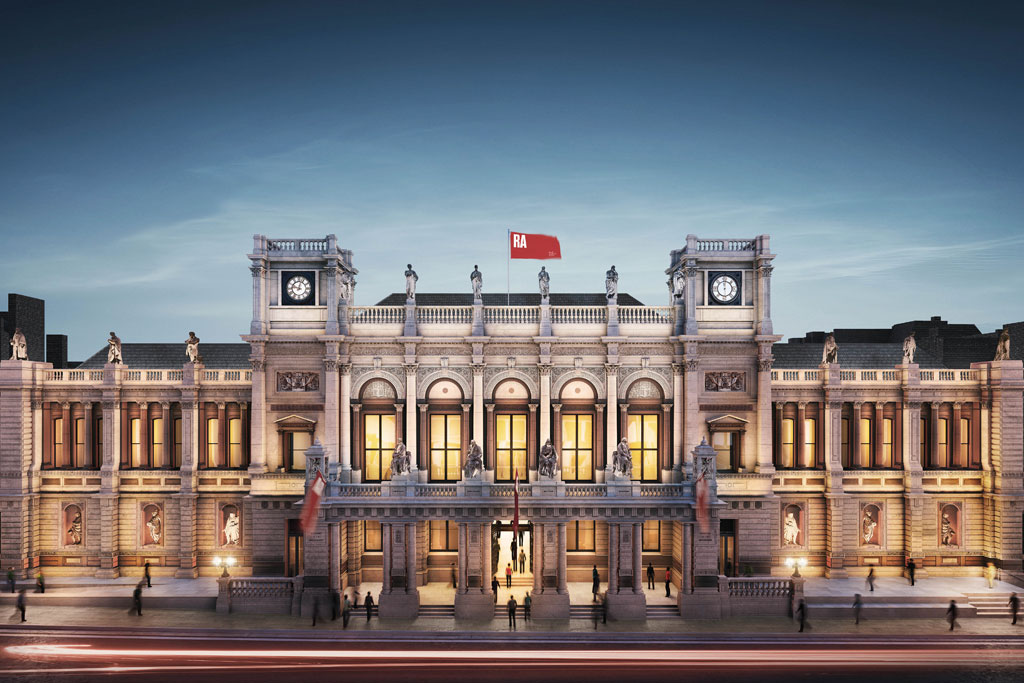
As anyone navigating the streets of Mayfair recently will be aware, the major refurbishment of Burlington Gardens, the grand Victorian building, studded with statues, facing north onto Cork Street, is just about complete.
Built in 1870 as the headquarters of London University, it has variously been home to the British Civil Service Commission, the British Academy and the British Museum’s Museum of Mankind, before lapsing into a gallery space for rent.
In 2001, however, the Royal Academy of Arts, housed behind it in gracious Burlington House, bought the building, and on 19 May 2018, the year of the RA’s 250th anniversary, all the plastic wrappings, all the cranes and scaffolding, will be removed, and the doors opened onto a radically transformed interior. This is the centre piece of the RA’s birthday celebrations.
As Charles Saumarez Smith, the RA’s Secretary and Chief Executive, puts it: ‘The RA celebrated its centenary in 1868 by moving into Burlington House. It seems appropriately symbolic to mark the 250th anniversary with the expansion into Burlington Gardens.’
11 of the Best Current Art Exhibitions
Steeped in History
The Royal Academy of Arts was founded by royal decree in 1768. Among the rival cliques of artists jostling to get their work patronised by affluent Londoners, was a group of artists and architects, including two women painters, led by the architect William Chambers.
Chambers had been architectural tutor to George III, and therefore had the King’s ear. The group’s ambitions were two-fold: to raise the status of artists and architects by providing training and professional recognition; and to give artists chosen by open selection the chance, once a year, to exhibit their best work.
It was hoped in this way to wean fashionable collectors off their obsession with the French and Italian Old Masters and encourage them to support an emerging national school. France, Italy and the Netherlands already had their academies – George III needed little persuasion that Britain’s status among European powers required Britain to have one too.
Temporary lodgings were found in Pall Mall, Joshua Reynolds, the leading portrait painter of the day, was appointed President, and the following year the first Summer Exhibition was launched. It has taken place every year since.
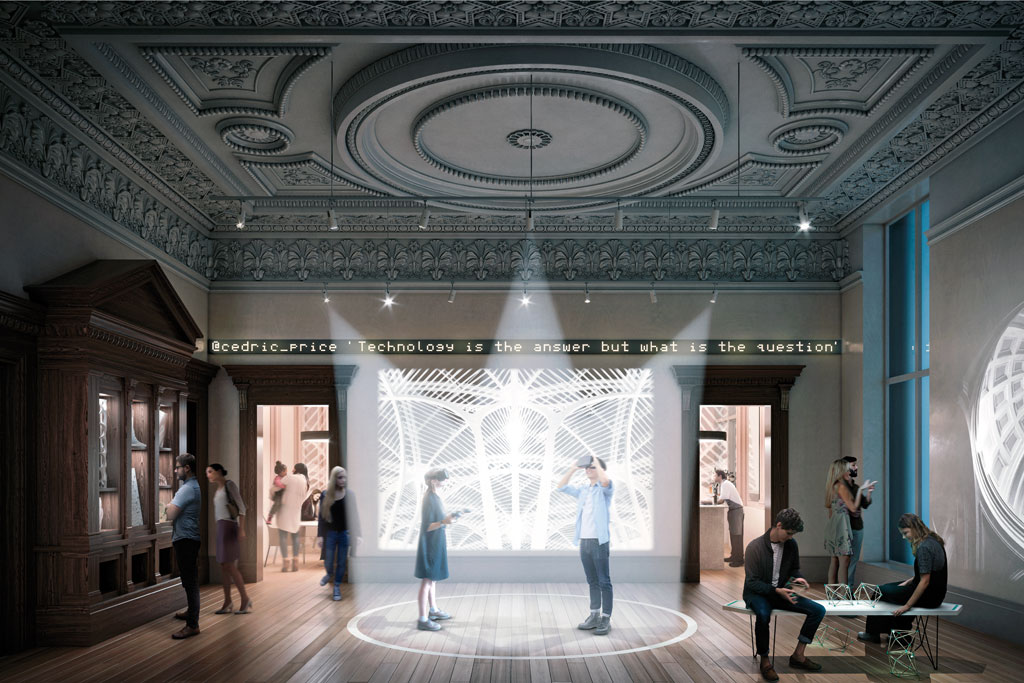
The Royal Academy’s New Architecture Studio
For while the Royal Academy has, throughout its history, attracted as much ridicule and rage as prestige and admiration – a furious William Blake wrote once of Sir Joshua Reynolds, ‘This man was hired to depress art’ – the essential excellence of the original idea has ensured its survival.
Christopher Le Brun, President since 2011, comments, ‘When the King supported the founding of the Royal Academy, it enabled artists to show their work directly to the public without dealers taking a cut and it supported the education of the next generation of artists.’
He adds, ‘These aspects of our work have become hugely important again.’ The Royal Academy receives no public funding, and is run by the Academicians. Through its ambitious exhibition programme, the support of the Friends of the Royal Academy and other fundraising, it supports the work of the RA Schools, the only institution in the United Kingdom offering three years of Fine Arts education free of charge. Le Brun remarks, ‘Most other academies in the rest of the world have crashed to the ground. Ours has new energy.’
How to Keep the Kids Happy this Half Term with a Trip to The Royal Academy
A New Day for the RA
This he credits to the current batch of Academicians, a glittering group of 80 painters, sculptors, print makers and architects, enhanced by the distinguished, annually elected, overseas based Honorary Royal Academicians.
Where 50 years ago artists disdained the Royal Academy as a by-word for conservatism and irrelevance, today the Academicians include rule-breakers and innovators among a roster of internationally regarded artists. So Gilbert & George, Grayson Perry and Tracey Emin are RAs alongside Cornelia Parker, Antony Gormley, Bob and Roberta Smith, and the architects David Adjaye and David Chipperfield.
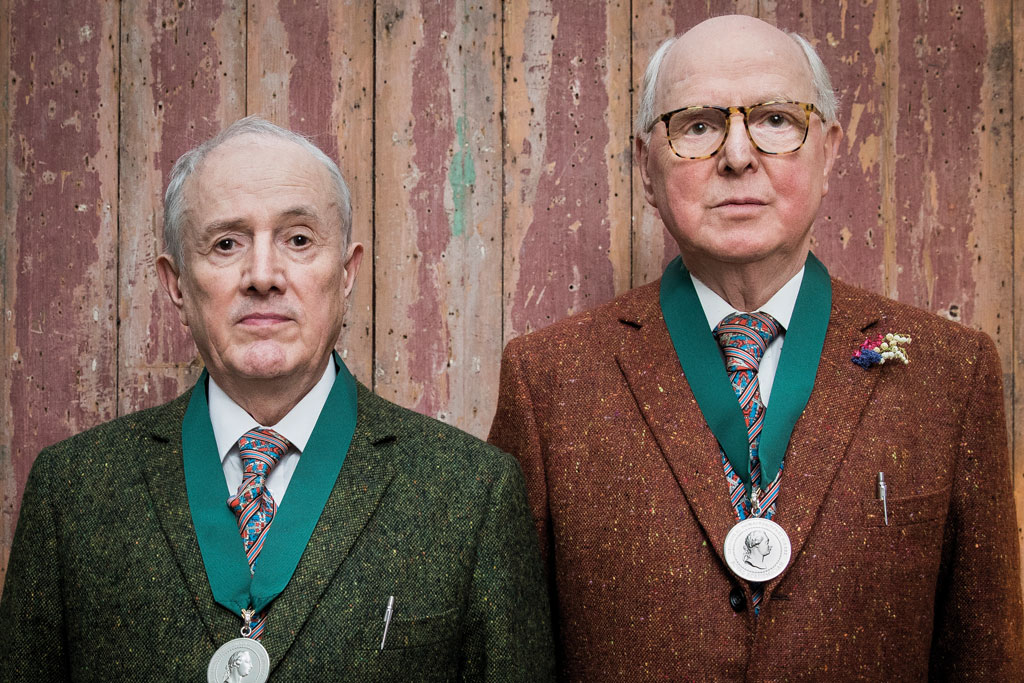
Gilbert & George
For most of its history, however, the RA’s essential activities have been, in le Brun’s words, ‘invisible’. Despite the teaching, the on-going discussions about art and architecture, the extensive library, the outstanding collection of art amassed since the Academy’s founding not just from the compulsory donations of newly elected Academicians but also purchases and bequests of Old Masters, such as the famous Michelangelo Taddei Tondo, ‘what has been missing from the RA has been the presence of the Academy,’ according to le Brun.
The Biggest Exhibitions of 2018
David Chipperfield’s Burlington Gardens
It is this that has been rectified by Chipperfield’s radical yet historically sensitive uniting of the two buildings, costing in excess of £56m, supported by a grant of £12.7m from the National Lottery.
Where students once beavered away out of sight beneath the feet of visitors, and the Cast Corridor was rarely visited, now these parts of the building are exposed to view, and there are spaces where students and current RAs will show their work. A two-storey, 250-seat public lecture theatre, named after Benjamin West, the Anglo-American history painter who was the Royal Academy’s second president, has been constructed where London University once held lectures, reinforcing the notion of the Academy as a place for debate and education.
And a new Clore Learning Centre will encourage the next generation of artists and art lovers. As Saumarez Smith comments, ‘There is public interest in the practical side of art. I like to think we are going back to our 18th-century roots.’ As if to reinforce this return, a new gallery on the second floor of Burlington Gardens is now dedicated to a new free display of the Collection, curated by Le Brun.
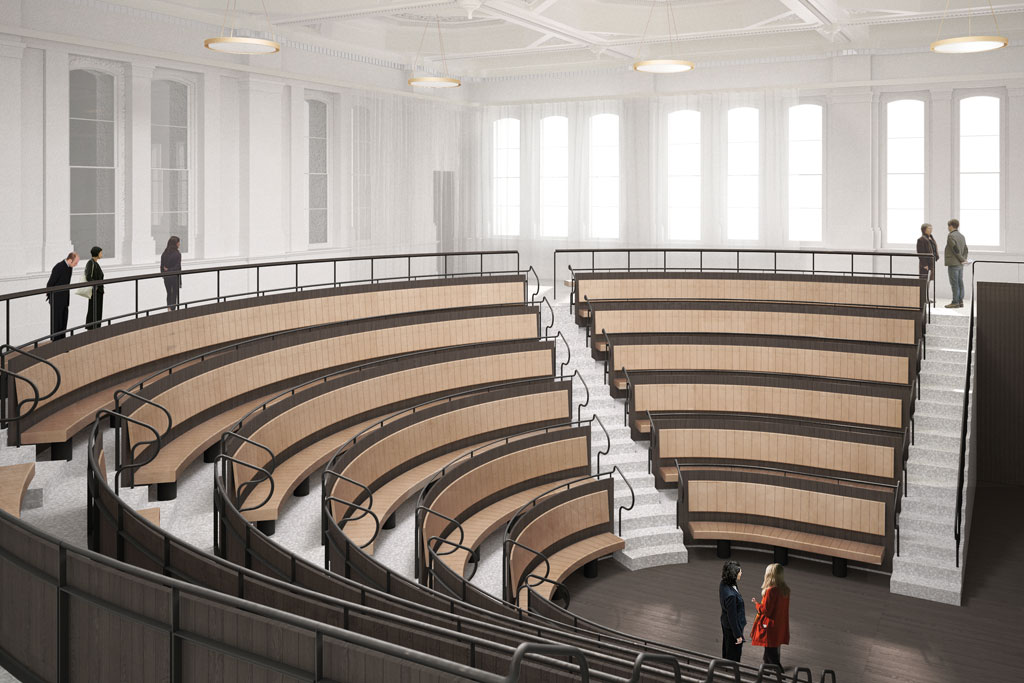
The Royal Academy’s New Lecture Theatre
But in a signal that this new public commitment to teaching and learning will not be at the expense of glamorous, thoughtful exhibitions, the Royal Academy has launched a bumper year of queue-provoking shows.
The year began with the stupendous Charles I: King and Collector, reflecting the institution’s royal connections, and will end with Oceania, the first major UK exhibition devoted to the arts of the South Pacific region. ‘It so happens,’ Saumarez Smith says, ‘that Captain Cook set sail in 1768.’
He adds, ‘This shows the RA’s openness to the wider world of art.’ The new wing will itself be inaugurated by an exhibition, Landscape, by the internationally renowned artist and Academician, Tacita Dean, who currently has shows running both at the National Gallery and the National Portrait Gallery.
The display here will explore landscape in its broadest sense: intimate collections of natural found objects, a mountainous blackboard drawing and a series of cloudscapes in chalk on slate created especially for the Royal Academy’s new spaces. A centrepiece will be a major new, experimental 35mm film mixing different places, geologies and seasons into a single cinematographic image.
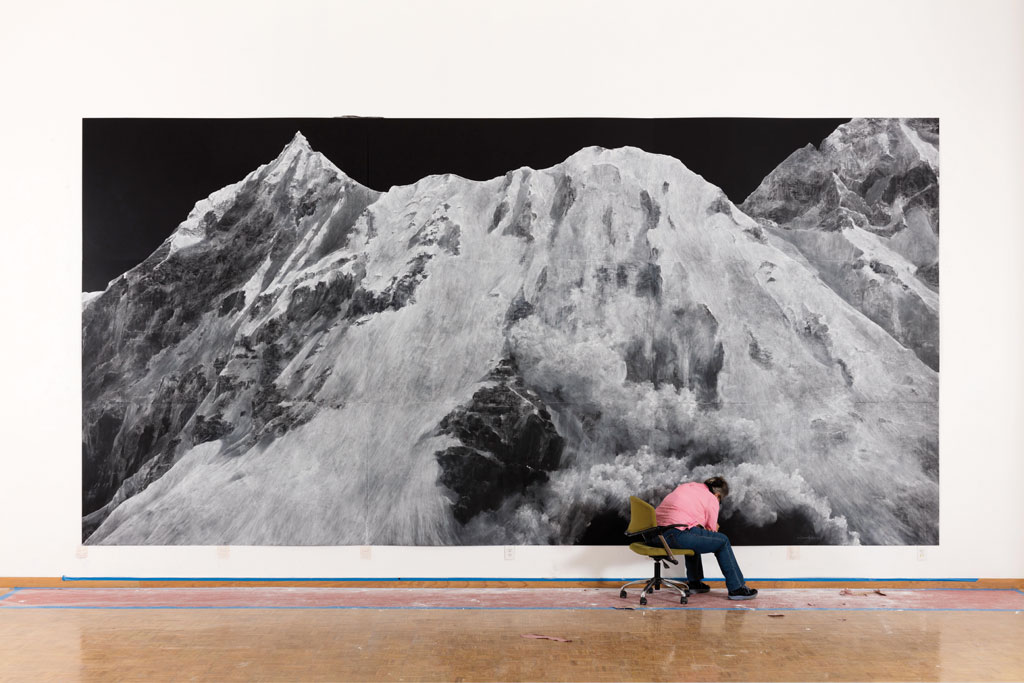
Tacita Dean Portrait
The New Royal Academy: What’s On? Summer Exhibition 2018
In the autumn, the newly refurbished Gabrielle Jungels-Winkler Galleries will host a solo exhibition of the internationally renowned architect and Honorary RA, Renzo Piano, while the year closes with a show of drawings. Klimt/Schiele: Drawings from the Albertina Museum, Vienna, in the Sackler Wing, opening on 4 November, marks the centenary of the deaths of these two virtuoso draughtsmen and founding figures of Viennese modernism.
The centre point of the whole year’s celebrations will be the coincidence in the summer of this year’s bumper Summer Exhibition, coordinated by Grayson Perry RA (12 June to 19 August), alongside The Great Spectacle: 250 Years of the Summer Exhibition, showcasing works displayed across the show’s history.
You have only to think of Thomas Rowlandson’s amusing cartoon, Exhibition Staircase, satirising London’s beau monde, all falling pell-mell up and down the narrow staircase in Somerset House in 1800 to get to see and be seen, to be reminded of how genially the event combines the serious business of buying and selling art with the social pleasure of a summer diversion, where friends can meet and argue about a drawing.
For Saumarez Smith, however, what is most pleasing, is that the RA’s celebrations are not limited to London. Through the help of the Art Fund, which supports galleries and museums across the country, complimentary exhibitions honouring the RA’s 250th are opening everywhere. ‘Even Tate is doing an exhibition of Angelica Kauffman,’ he says. Saumarez Smith adds, ‘You never know how things are going to hit public consciousness – but we have done our best!’
The new buildings opened on 19 May.
BNY Mellon are the RA’s 250th anniversary partner.
For more information visit Royal Academy.
For more of What’s On in the Capital, Check Out Our Culture Diary
